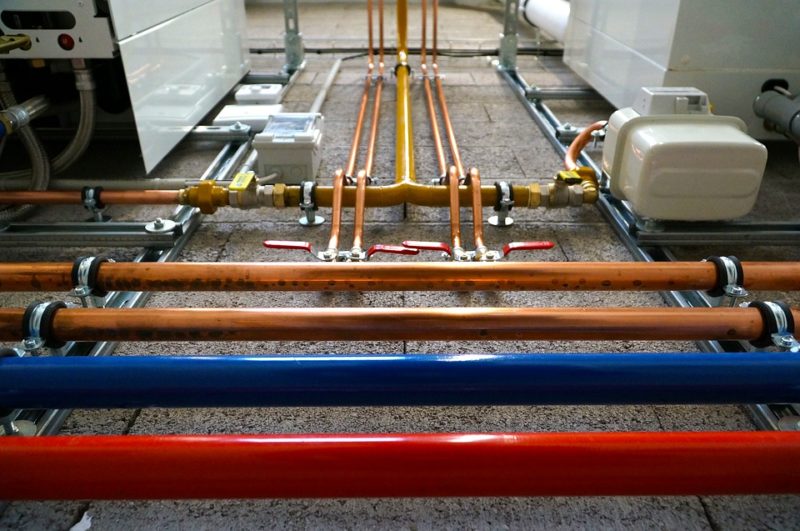Do you want to learn how to check water heater element? Then, read this article to learn more about the water element and how poor elements affect your water heaters at home, and why checking it will help you troubleshoot.
As a homeowner or a future owner of an electric water heater, you need to learn how to troubleshoot your device if something goes off with your devices’ performance.
The heating elements are responsible for producing hot water in your water heater, and if this element fails, you can’t make hot water. If you have replaced or brought your water heater for a while, then maybe, it needs to be checked if it’s working correctly or not. Inspecting will also help you determine if something else causes the water to stay cold. Let us discuss more on this below. Keep reading!
Why Check Heating Elements?
Does cold water come out in your hot water faucet? Then, you must check the heating element. It is responsible for your cold water to get warmer, and if the component fails, you won’t get any hot water from your water heater. There are two heating elements in the electric water heater located at the upper and bottom and their thermostat. So, please check the upper and the lower heating element. Some clues will help you determine if your heating element is failing or needs a replacement, such as it does not produce hot water, only takes a short time to shift to cold water, and does not display resistance in a multimeter.
Steps To Check Water Heater Element
You need to check the continuity of the heating element, and you must use a multimeter for it. If you have no idea how to use a multimeter, no worries, as the steps below will guide you in using a digital and analog multimeter. As water heaters differ from one another, you need a flat screw head or a Philips screw to loosen some screws in the access panel. An electric wire or element is the path of electricity. If it has no continuity, the electricity cannot pass through it and cannot do its job. To measure or check the health of the element, you need to use an analog or a digital multimeter. Are you ready to learn how to check water heater element? Let’s do this.
Step #1. Turn off electric supply and water heater
Before anything else, you have to turn off the electric source of your water heaters. Head towards the individual electric circuit breakers and turn them off. Installing a separate or individual to your water heater will help you troubleshoot or turn off the electric supply without turning off the entire house. On the other hand, if your heater is connected directly to the primary wire, you need to turn off the main electric supply. After turning off the electric supply, go to your water heater and turn it off.
Step #2. Remove access panel
The access panel consists of a thermostat and a heating element covered with an insulation pad and a plastic cover that protects them. Loosen the connecting screws by using a flat head or a Philips screw. Remove the access panel and put it aside. After removing, you’ll notice a foam-like inside the panel, called an insulation pad. Some heaters have a whole insulation pad on them, which requires removing them, but the pads are flipped upwards in other brands or models. Get the insulation pad out, flip it, and remove the plastic cover.
Step #3. Reading with multimeter
Removing the protective cover will expose the thermostat, heating element, and wires. Loosen the screws in your heating element and remove connecting wires. This time, you will read the resistance using a multimeter. Take note that if your multimeter indicates 10 to 30 ohms of resistance of the heating element, it has continuity. If it goes to zero, it cannot support electricity through the component.
Before checking the element, you have to set your multimeter to zero in analog multimeters by setting for ohms of resistance and pinching ends of leads. You need to rotate the dial to the lowest ohms of resistance for digital. Place leads on each terminal, and if it reads between 10 to 30 ohms of resistance, your heating element is okay, but if it reads zero, it is defective and needs replacement. On the other hand, check if it’s short if it reads zero. Try to put the lead to the terminal and the other to the nut or tank; if it displays, it’s shirted and still needs to be replaced. You can check both heating elements on the same process. You may also want to read about how to test electric water heater thermostat with digital multimeter.
It’s A Wrap!
Now that you have finally unveiled the proper way how to check water heater element, you can test it by yourself at home and conclude if it needs a replacement or not. Homeowners need to learn this to determine if other parts of the water heaters are defective and tell them what to do next. If you are confused with other steps, I suggest you ask a professional for additional details. Click on these links to read related articles; know how to replace a water heater element and where to take old water heater.

